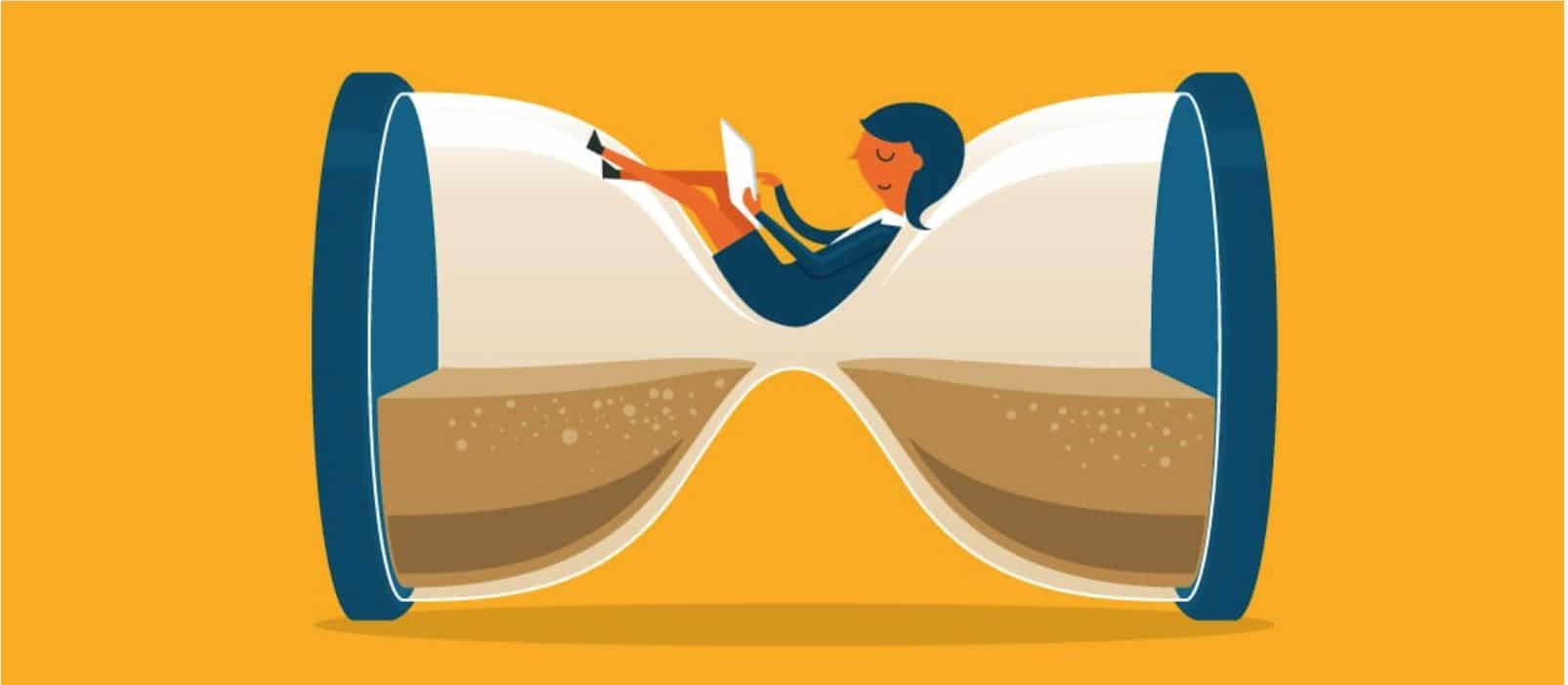There’s a number that is going away soon that has an impact on your life; it’s called LIBOR. LIBOR (London Interbank Offered Rate) is used to determine the interest rates banks charge each other for overnight, one-month, three-month, six-month, and one-year loans. LIBOR is a substantial number because it decides, in part, the interest rate you will pay for loans, credit cards, and even your mortgage or refinance. Banks add their markup (another percentage) to LIBOR to calculate what to charge consumers. LIBOR has been the benchmark for banks throughout the world since 1969 but will be phased out worldwide by the end of 2021.
Phasing Out LIBOR
LIBOR seemed to work well until the financial crisis when inaccurate bank reporting to LIBOR made way for rate manipulation. Unlike a stock price which calculates on the buying and selling of the public, LIBOR compiles information from a bank’s observation or reporting of their daily rate, which is voluntary. By making up false information during the financial crisis, some banks profited illegally. For this reason, regulators worldwide are phasing out LIBOR.
In the United States, LIBOR is being replaced by SOFR (Secured Overnight Financing Rate), which is already approved for rate calculation. SOFR has compiled information back to 2014 and began publishing earlier this summer. SOFR uses the Federal Reserve’s fed funds rateand the yield on the ten-year Treasury note and others, using real data on the previous day’s trading on our currency.
Currently, traders in the United States have already started to see the LIBOR-SOFR rate as we transition toward LIBOR’s retirement.




